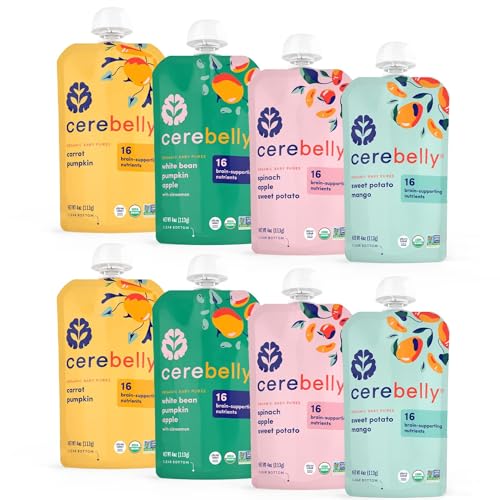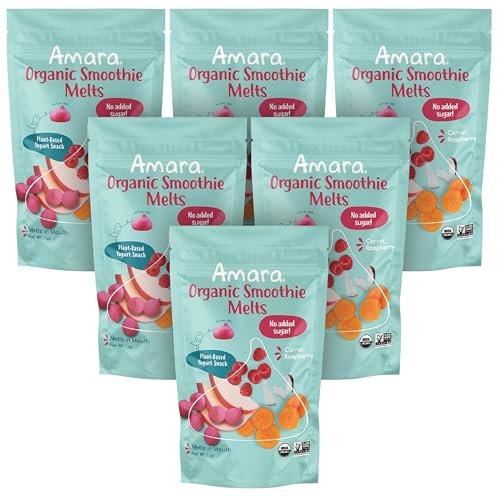In many breeds, bucks are smaller than does, but in most of the dwarf breeds, including NDs, they're often about the same size. What are your rabbits' weights? NDs are supposed to be 2-1/2 pounds or less. A
significant deviation from that suggests - though it is not a guarantee - that a rabbit is a false dwarf. At 8 months, your buck should be pretty much full-grown, though even dwarfs can keep growing a little after that, especially if they get fat!

A rabbit is a false dwarf based on one thing only: his genetic makeup. No matter what he looks like, if he does not carry a dwarf allele, he is a false dwarf. Maybe you already know the genetics of the dwarf gene, but in case not, here is a quick summary of why ND breeders deal with false dwarfs (and usually, also peanuts).
The allele (allele = one form of a gene) that makes a rabbit a "dwarf" is what's called a lethal recessive. That means that if a kit inherits two copies of it, one from each parent - called a peanut - it cannot live much past birth, though many peanuts die before birth and some are re-absorbed, so you never see some of them. A peanut is badly misshapen, and its guts don't work right, so it starves. We call the allele for normal size <
Dw> and the dwarf allele <
dw>. Some genes have a bunch of different alleles, but as far as I know there are only two options at the Dw locus (locus = a particular place on the genome) - normal and dwarf.
So, most NDs have one copy of each allele: <
Dwdw>, called true dwarf. But when you breed two true dwarfs, you'll get a mix of false dwarfs, true dwarfs, and peanuts in the litter, generally in ratio of 25% - 50% - 25% over time. This is a statistical prediction, so it doesn't mean you see exactly that ratio in each litter - in any given litter you could have no peanuts at all, or 100% false dwarfs, or any variation of the numbers, but over time, if you breed the animals enough, you'll eventually see all of them.
Normally, each individual rabbit will have exactly two copies of a gene, and each kit will inherit exactly one copy from each parent. You can use a chart called a Punnett Square to predict what combinations of alleles the kits could inherit. The top row is usually the sire, and the left column is the dam, with all of the possible combinations the kits could get shown in the squares. So if you breed two true dwarfs, you can expect something like this:
View attachment 44036
If instead you breed a false dwarf with a true dwarf, you get true and false dwarfs but no peanuts. The false dwarf is the doe in this chart, but it would work the same way if the buck was the false dwarf:
View attachment 44037
You can imagine that if you bred two false dwarfs - both <
DwDw> - you would get no peanuts and no true dwarfs, just more false dwarfs. You'd have to add a true dwarf into the mix to get back to breeding dwarfs.
There are other genetic factors that influence adult size in rabbits, so a true dwarf can still be too big, or a false dwarf can be a very small rabbit, a great breeder and even a show winner, like my daughter's chocolate Polish, Cookie.
View attachment 44038 View attachment 44039



























































